Feast your eyes on the world's most outstanding architectural photographs, videos, visualizations, drawing and models with the winners of Architizer's inaugural Vision Awards. Sign up to receive future program updates >
Whatever happened to the cubicle? Might it be that the scene in the 1999 film “Office Space,” in which the main character dismantles his cubicle, marked the demise of the enclosed workspace, signaling the emergence of the new open-office concept? The dizzying pace at which architectural typologies materialize then disappear makes it easy to envision a future in which the way we design space is governed by the innovative features of each new iPhone. Going beyond mere representation of architecture, the following six films offer unique glimpses of the birth of the modern office space and prophesize its inevitable disappearance.
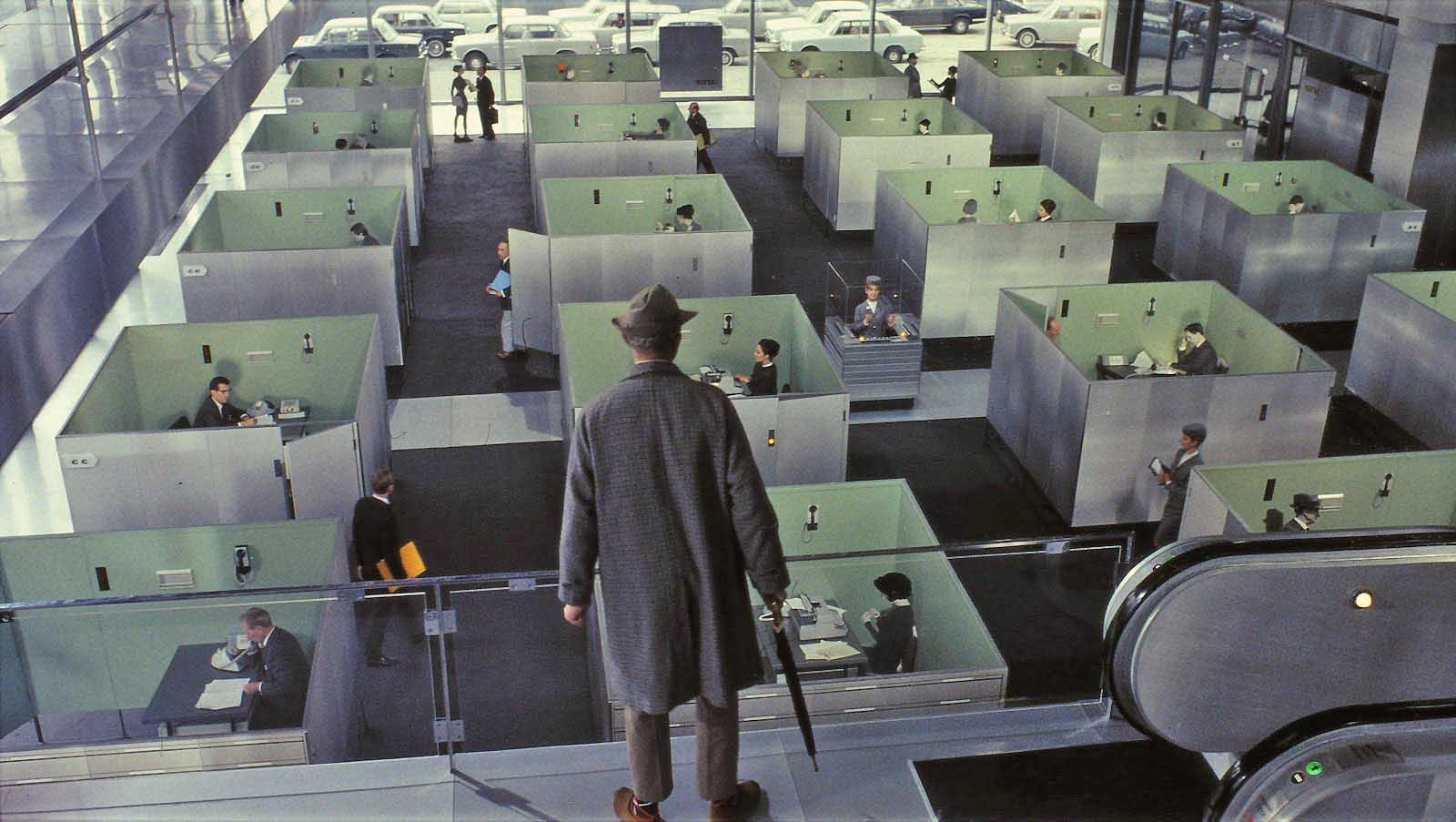
“Playtime” (1967), Jacques Tati
Jacques Tati’s “Playtime” is a playful visual treatise on modernity portraying the innate incompatibility between human nature and the Modernist expectations of behavior in space. Almost completely devoid of dialogue, shot on a massive set located near Paris known as Tativille, the film dissects Modernist architecture through one of its epitomes: the office building. The curious cast of the film (secretaries, office workers, security guards, tourists, cleaners, etc.) is introduced by Monsieur Hulot as he navigates the often incomprehensible space governed by order and optimization.
In his search for an American official he has to contact, Hulot arrives at one of the buildings for an important meeting, where he’s confronted with a wasp’s nest of tightly ordered cubicles whose repetitious nature brings confusion to an unaccustomed eye. In a series of episodes, Hulot’s amusing reactions to the often misleading visual and auditory cues of the office spaces reflects Tati’s suspiciousness toward Modernism’s delirious infatuation with prescribed patterns of behavior and technocratic planning.
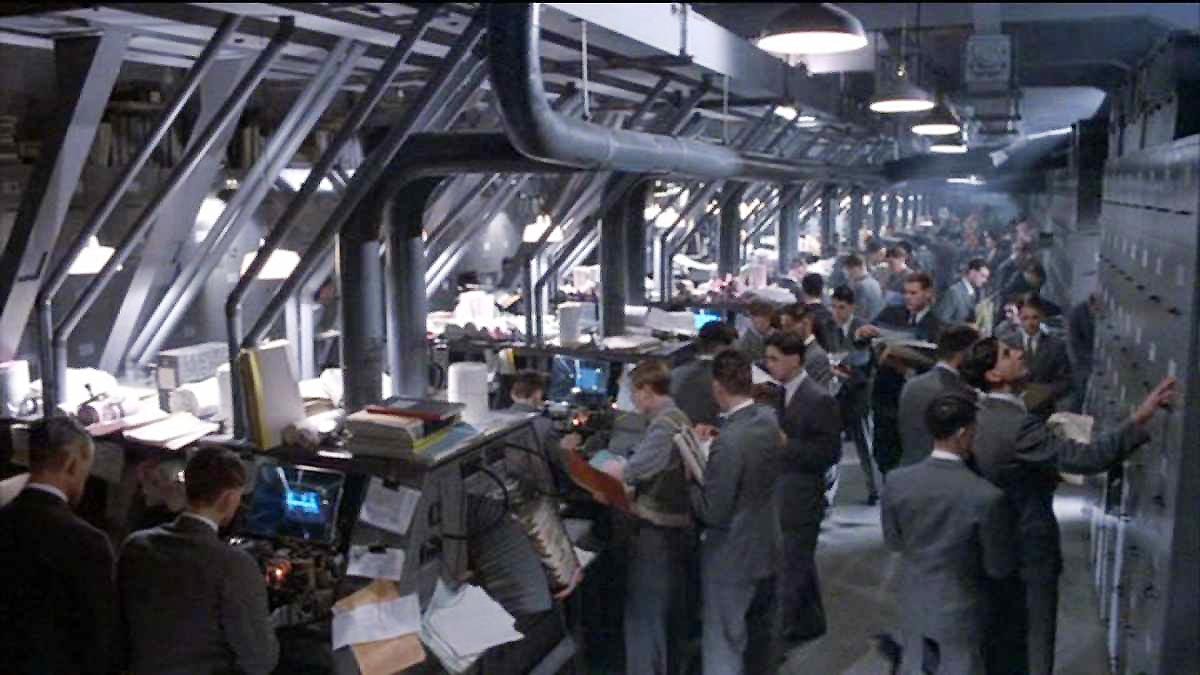
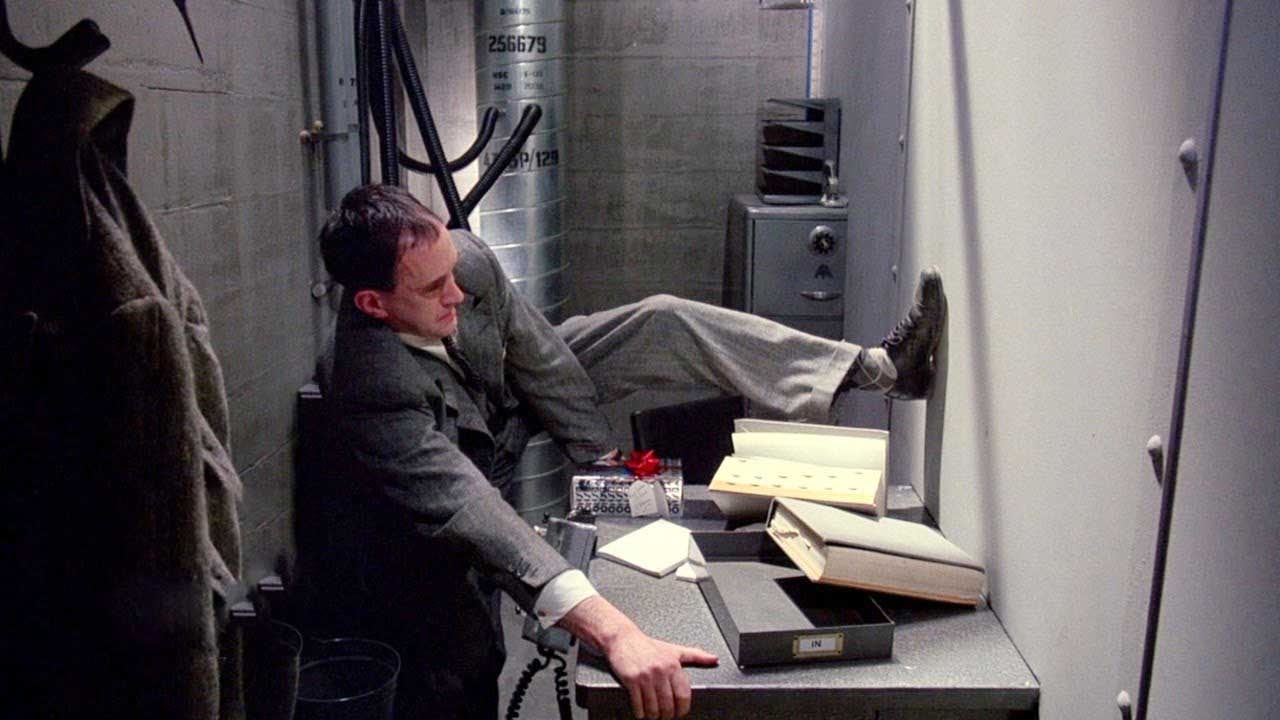
“Brazil” (1985), Terry Gilliam
The bureaucratic nightmare of Terry Gilliam’s “Brazil” as a dystopian retro-future shows the worst-case scenario, which would have taken place hadn’t the compartmentalized space of early modern divisions of labor been replaced by the technological revolution. The inefficiency of exaggerated routinization of work is based on, in the words of Sanford Kwinter, “the concept of files, that is, official records in the form of written documents … subject to administrative regulation and protocol.”
A corridor-like room filled with contraptions and bustling with people is carefully monitored from the director’s office located at the end of the space. The main character, Sam Lowry, is put up in a room whose furniture slides through the wall and is shared with the employee in the adjoining office. If Sam wants to get any work done, he must prevent his colleague from doing the same.

“Being John Malkovich” (1999), Spike Jonze
“The world was not built with me in mind. Door knobs are too high, chairs are unwieldy, high-ceilinged rooms mock my stature,” says Tiny Woman, whose husband allegedly built her an entire floor in an office building to fit her petite figure in Jonze’s “Being John Malkovich.” The low ceilings of floor seven and a half seem to be a Procrustean tool for establishing conformity and a great visual gimmick meant to denounce the angst of the middle-class worker.
The social reality of the average employee is spatialized by physically placing him in a claustrophobic interstitial space. Constantly hunched, the main character (John Cusack) is forced to find an unlikely way out: through the mind of another person, no other than the actor John Malkovich.
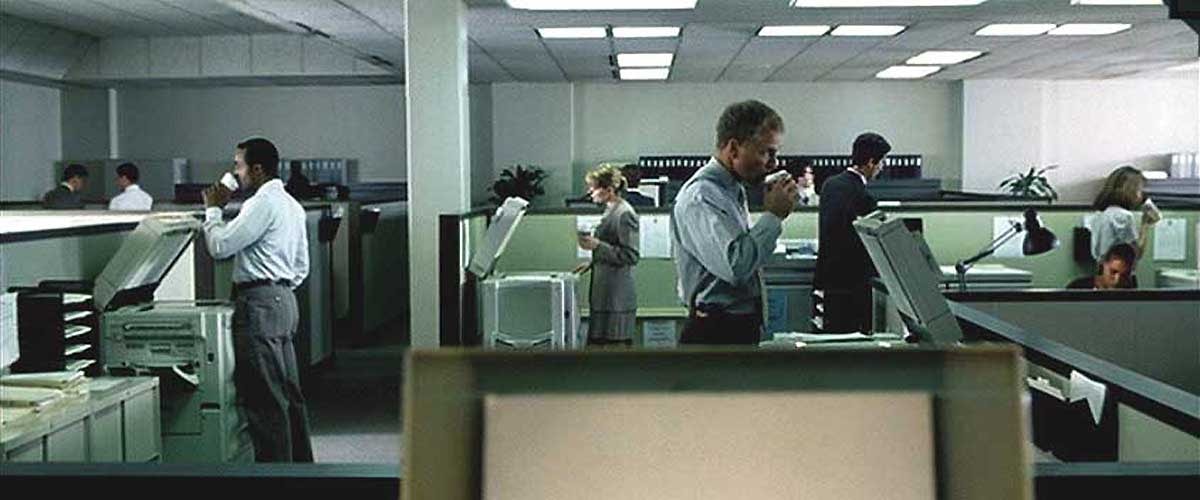
“Fight Club” (1999), David Fincher
Refusing to conform to the American capitalist power structures by placing that potted plant on his office desk, Jack (played by Edward Norton) instead decides to blow up the entire building.
The cathartic effect of the crumbling skyscrapers, as Jack comes to term with his dual nature, might resonate with those familiar with the day-to-day drudgery of office work. Project Mayhem is meant to bring social and economic anarchy and liberate the common man through physical destruction of his workplace.
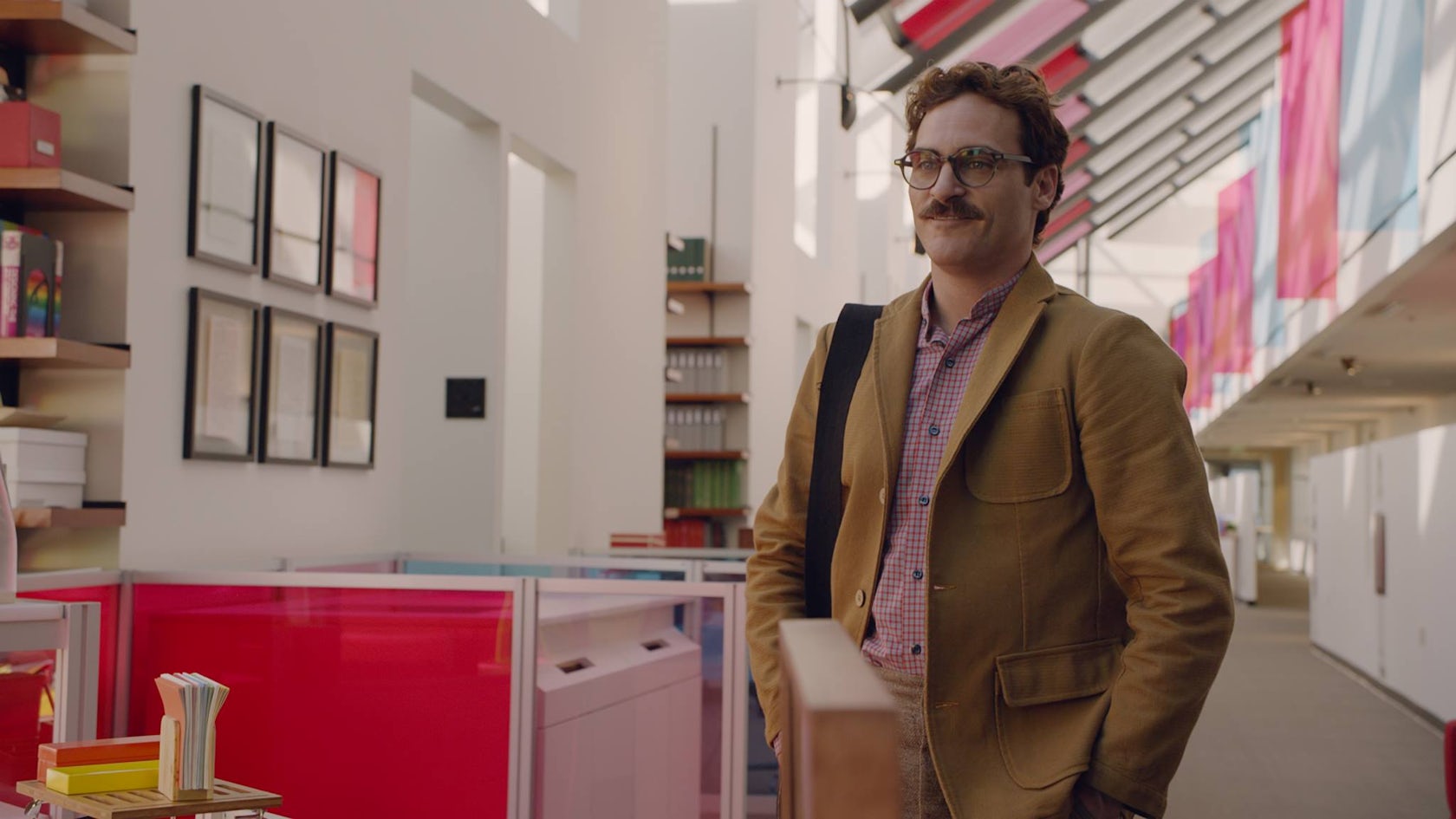
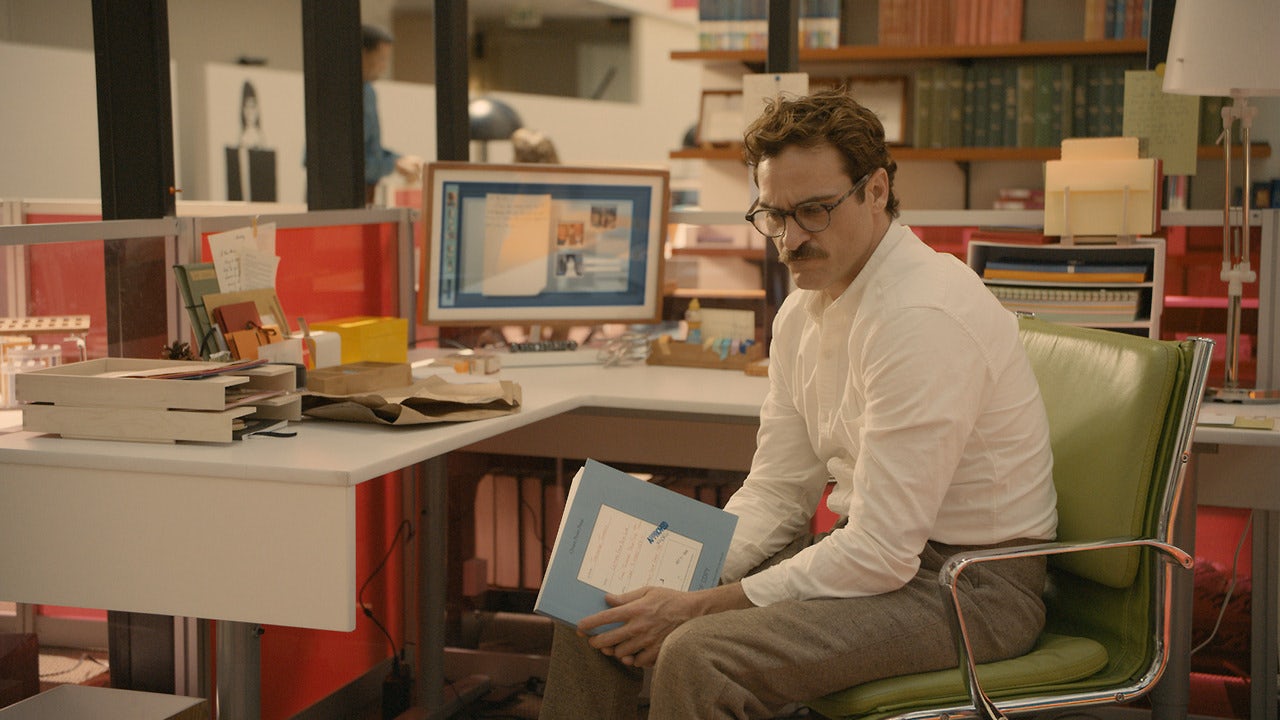
“Her” (2013), Spike Jonze
You first see Theodore in a close-up, dictating a heartwarming letter. A master shot shows a warmly lit office space and reveals the main character’s occupation. He is the emotional middle-man that verbalizes intimate feelings between people unable or too busy to express themselves.
The office is bathed in soft light and has an ethereal quality consistent with the world in which “embedded communication” technologies create the possibility of virtual love. It is a future in which text becomes obsolete and images take over. The space of the office in “Her” is merged with the high-definition quality of interfaces and holographic video games, marking the disappearance of the conventional workplace.
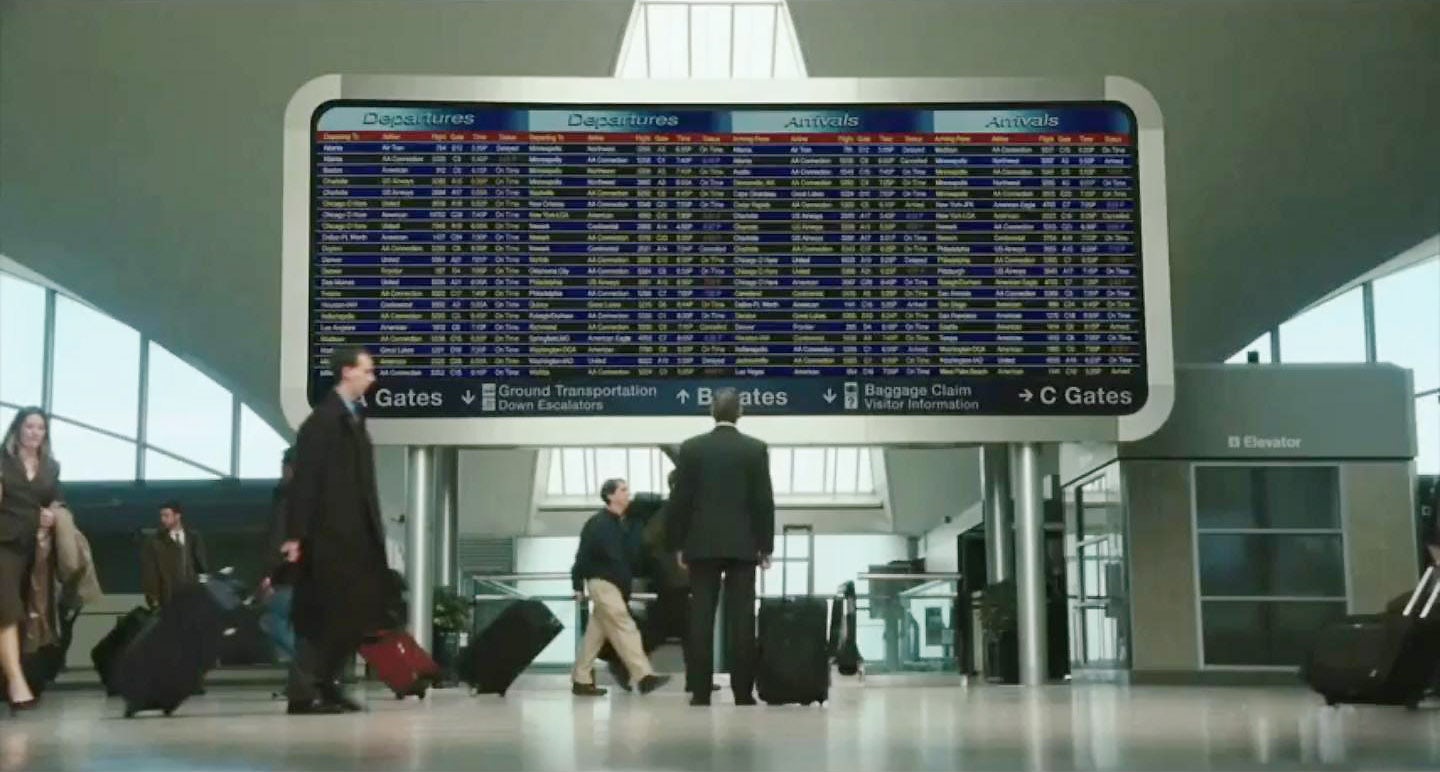

“Up in the Air” (2009), Jason Reitman
“The slower we move, the faster we die. Make no mistake, moving is living,” says Ryan Bingham (George Clooney) to the young Cornell grad Natalie Keener (Anna Kendrick) in Reitman’s “Up in the Air.” The two are corporate downsizing experts and frequent travelers living out of their suitcases. The nature of “inhabiting” non-places such as airports is less related to the psycho-geography of transportation hubs and has more to do with the concept of networks, trajectories and migration. Essentially, Ryan’s and Natalie’s job is not so much to get there, but to be on their way.
Feast your eyes on the world's most outstanding architectural photographs, videos, visualizations, drawing and models with the winners of Architizer's inaugural Vision Awards. Sign up to receive future program updates >









